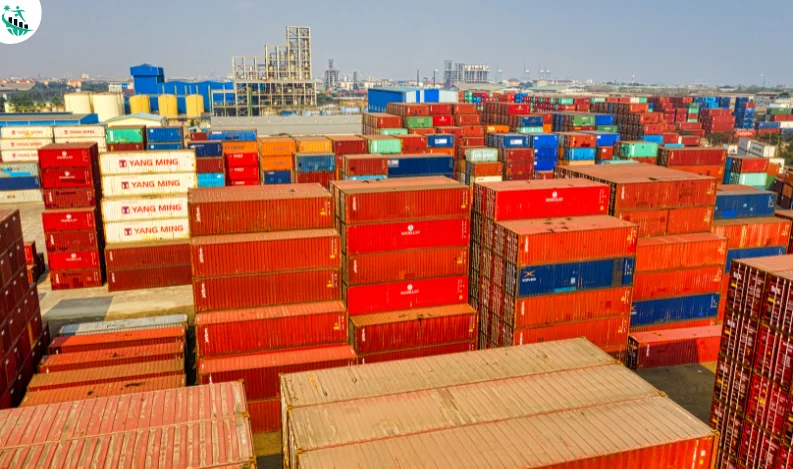
China’s Exports Fall for the First Time Since March 2024
Beijing —China’s exports unexpectedly fell in October, marking their first decline in more than a year. The drop came as global demand weakened and earlier front-loading of shipments faded amid renewed trade tensions with the United States.
Official data showed outbound shipments fell 1.1% year-on-year in U.S.-dollar terms, compared with an expected 3% rise. It follows a strong 8.3% jump in September. Imports rose only 1%, missing forecasts for 3.2% growth, as a sluggish housing market and soft labor conditions continued to weigh on consumer demand.
Last week, U.S. President Donald Trump and Chinese President Xi Jinping reached a deal in South Korea to de-escalate trade tensions. Both sides agreed to roll back certain tariffs and export restrictions. Beijing also pledged to buy more U.S. soybeans and cooperate on tackling fentanyl flows.
Analysts at Macquarie Group said the deal lowered the effective U.S. tariff rate on Chinese goods to around 31%, easing some pressure on exporters.
Still, economists said October’s fall partly reflected a high comparison base from a year earlier, when exports grew at their fastest pace in more than two years. China’s total trade surplus in the first ten months of 2025 stood at $964.8 billion, up 23% from the same period in 2024.
Oxford Economics expects Chinese exports to expand by 3.5%–5% annually in real terms, supported by industrial diversification and new regional markets. The firm also raised China’s GDP forecast to 4.5% for 2026 and 4.4% for 2027.
Larry Hu, chief China economist at Macquarie Group, said exports will remain a key growth driver. “If exports weaken sharply, Beijing will have to turn to domestic consumption to meet its annual targets,” he said. Hu expects the government to set a growth goal of about 5% for 2026.
Despite the large surplus, China’s manufacturing sector contracted for a seventh straight month in October. Falling factory prices and intense competition have prompted Beijing to tighten control over industrial overcapacity.
Profits at major industrial firms rose 3.2% in the first nine months of the year, but sustained weakness in manufacturing signals persistent headwinds for the world’s second-largest economy.



Recent Comments:
No comments yet.